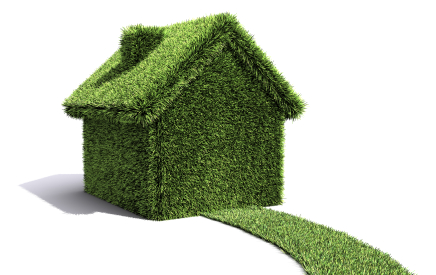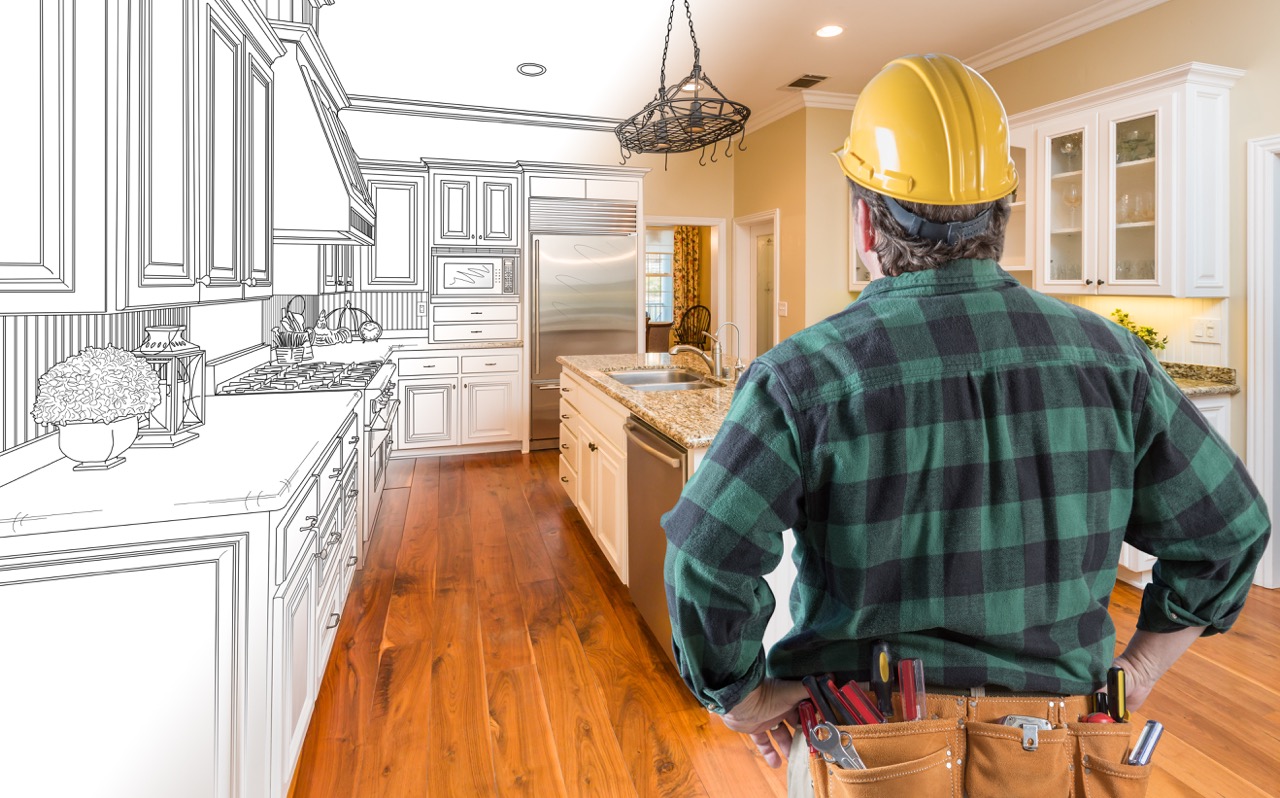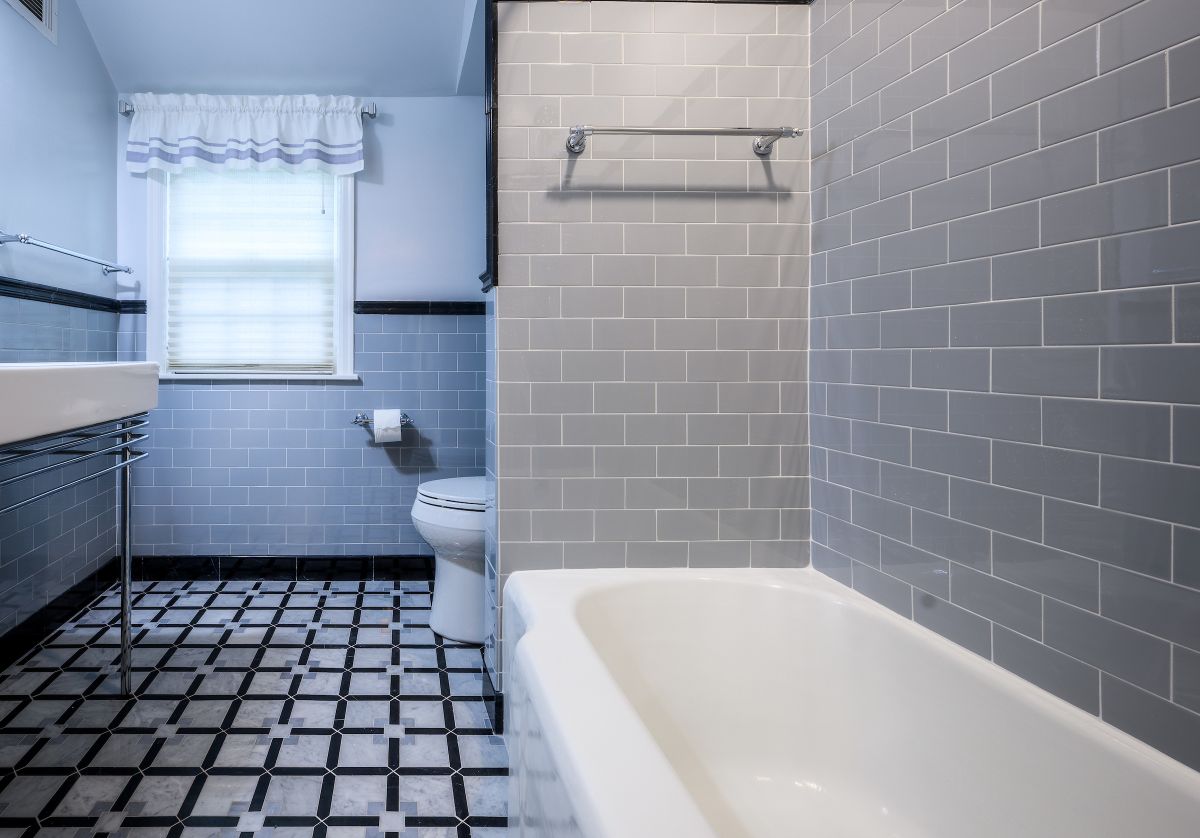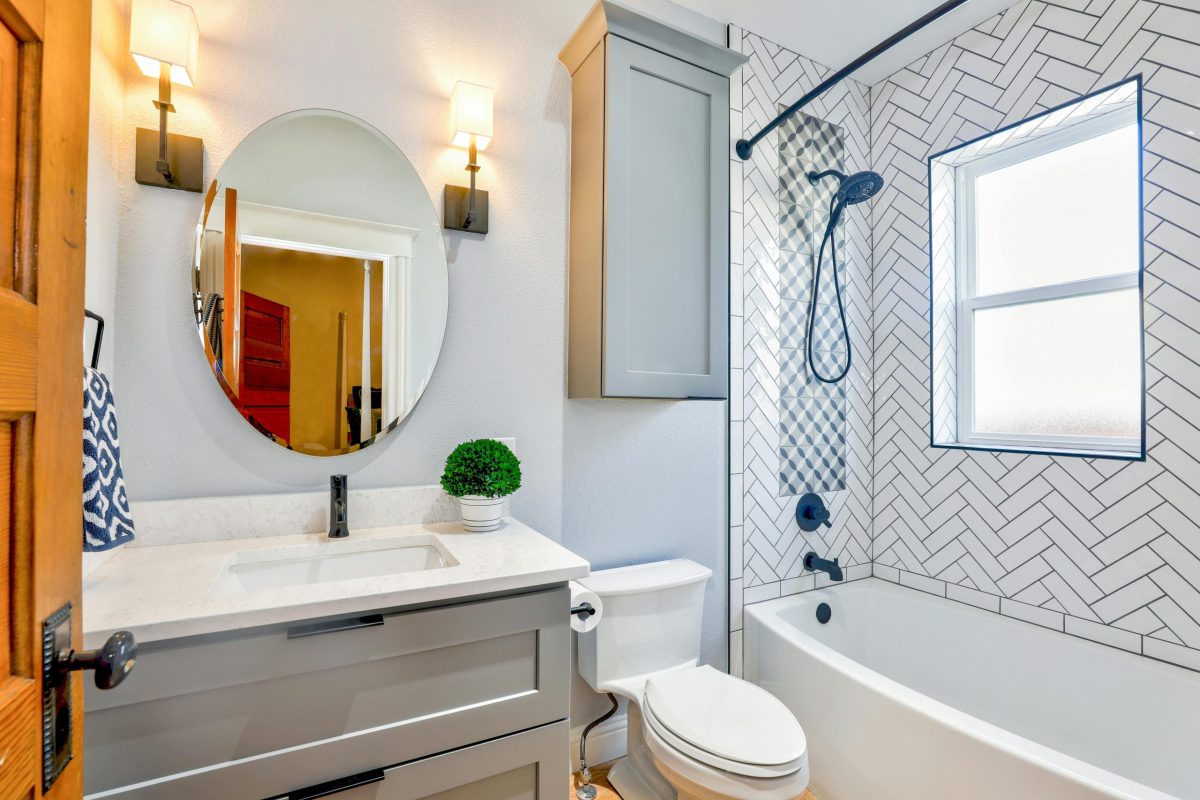 Whether you are “going green” for personal, political, or environmental reasons, nothing is more on trend than eco-friendly building materials. And for good reason! Relying on natural materials – or those considered rapidly renewable, sustainably harvested or made organically – can have multiple benefits. For example, from an environmental perspective, using eco-friendly building materials can help to conserve nonrenewable resources, divert and reuse materials previously destined for landfills, and minimize environmental impacts. The benefits for your family are great as well – the use of green products can help to ensure that fewer toxic chemicals and indoor air pollutants enter your home. Here are some tips for easily implementing eco-friendly building practices in your home: Install Energy Efficient Windows: Windows can be one of the biggest sources of heating and cooling energy loss in homes. Consider replacing your windows with energy efficient units. Not only will you be likely to reduce your energy bill with your new found efficiency, energy efficient windows are great for the environment. Check this site to find the Energy Star window purchasing guide! Low Or Zero-VOC Finishes: Avoid interior air pollution by using low or zero-VOC (volatile organic compounds) finishes. Durable and affordable, these paints can offer similar results, with less harm to human health and environment. Sustainable paints, stains, and finishes rely on water instead of petroleum-based solvents as their base. While the amount of VOCs can vary from one product to another, look for a paint with fewer than 25 grams of VOCs per liter. Rethink Your Flooring: Start your environmentally friendly efforts from the ground up! Popular sustainable flooring options include bamboo or cork – both of which are considered renewable resources. Other options include all natural linoleum (made from linseed oil, cork dust, wood flour, tree resins, ground limestone and pigments) or tile made from re-purposed, crushed glass. Engineered Lumber: Consider using engineered lumber for your next home improvement project. Unlike natural woods, which have knots and inconsistencies that result in wasted lumber, engineered wood products make use of 60 – 70 percent of their raw material. In addition, the production of engineered wood does not rely on endangered old-growth timber and can instead by made using second-growth resources. Still not sold? Engineered wood is oftentimes straighter and stronger than its traditional lumber counterparts.
Whether you are “going green” for personal, political, or environmental reasons, nothing is more on trend than eco-friendly building materials. And for good reason! Relying on natural materials – or those considered rapidly renewable, sustainably harvested or made organically – can have multiple benefits. For example, from an environmental perspective, using eco-friendly building materials can help to conserve nonrenewable resources, divert and reuse materials previously destined for landfills, and minimize environmental impacts. The benefits for your family are great as well – the use of green products can help to ensure that fewer toxic chemicals and indoor air pollutants enter your home. Here are some tips for easily implementing eco-friendly building practices in your home: Install Energy Efficient Windows: Windows can be one of the biggest sources of heating and cooling energy loss in homes. Consider replacing your windows with energy efficient units. Not only will you be likely to reduce your energy bill with your new found efficiency, energy efficient windows are great for the environment. Check this site to find the Energy Star window purchasing guide! Low Or Zero-VOC Finishes: Avoid interior air pollution by using low or zero-VOC (volatile organic compounds) finishes. Durable and affordable, these paints can offer similar results, with less harm to human health and environment. Sustainable paints, stains, and finishes rely on water instead of petroleum-based solvents as their base. While the amount of VOCs can vary from one product to another, look for a paint with fewer than 25 grams of VOCs per liter. Rethink Your Flooring: Start your environmentally friendly efforts from the ground up! Popular sustainable flooring options include bamboo or cork – both of which are considered renewable resources. Other options include all natural linoleum (made from linseed oil, cork dust, wood flour, tree resins, ground limestone and pigments) or tile made from re-purposed, crushed glass. Engineered Lumber: Consider using engineered lumber for your next home improvement project. Unlike natural woods, which have knots and inconsistencies that result in wasted lumber, engineered wood products make use of 60 – 70 percent of their raw material. In addition, the production of engineered wood does not rely on endangered old-growth timber and can instead by made using second-growth resources. Still not sold? Engineered wood is oftentimes straighter and stronger than its traditional lumber counterparts.





